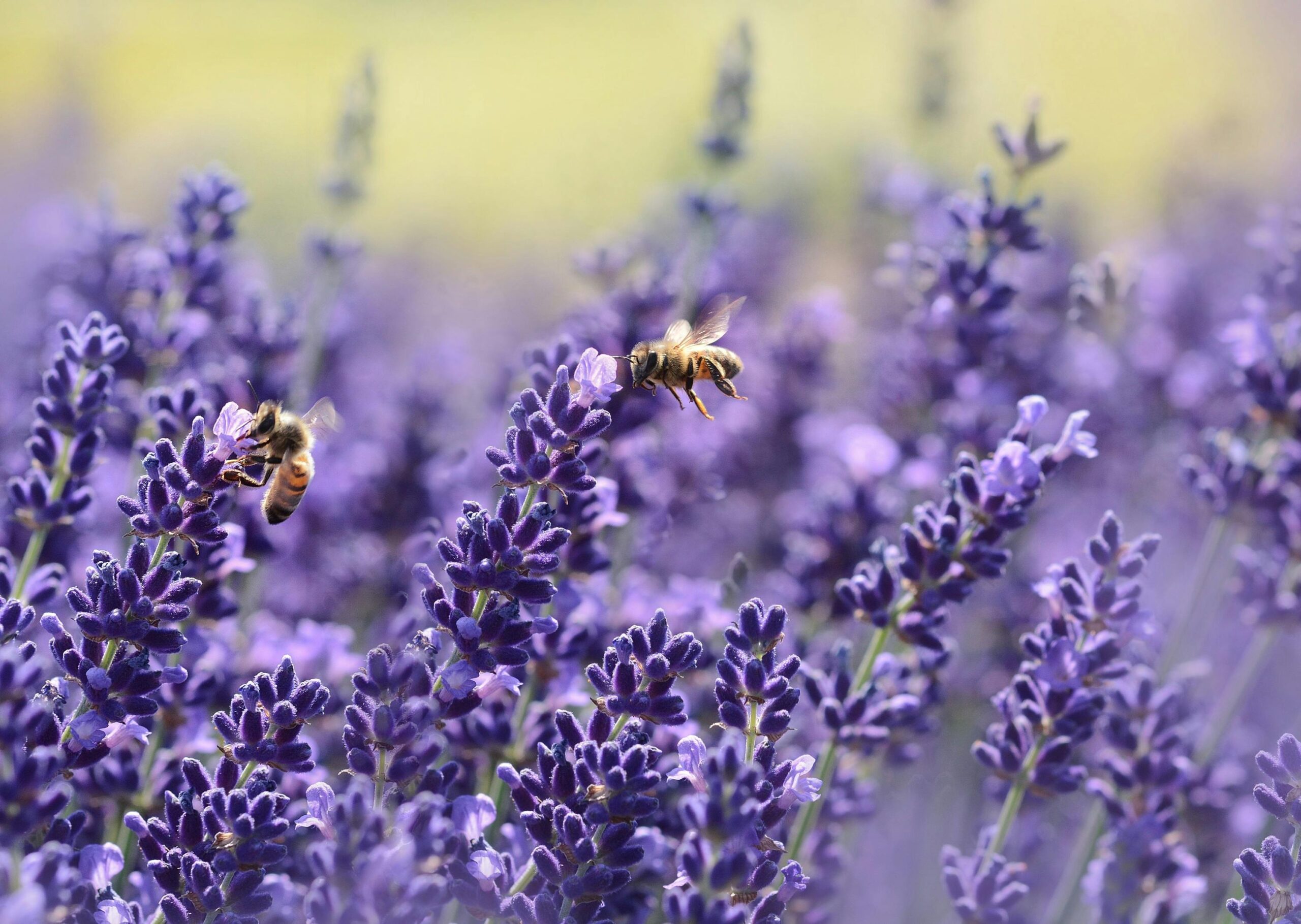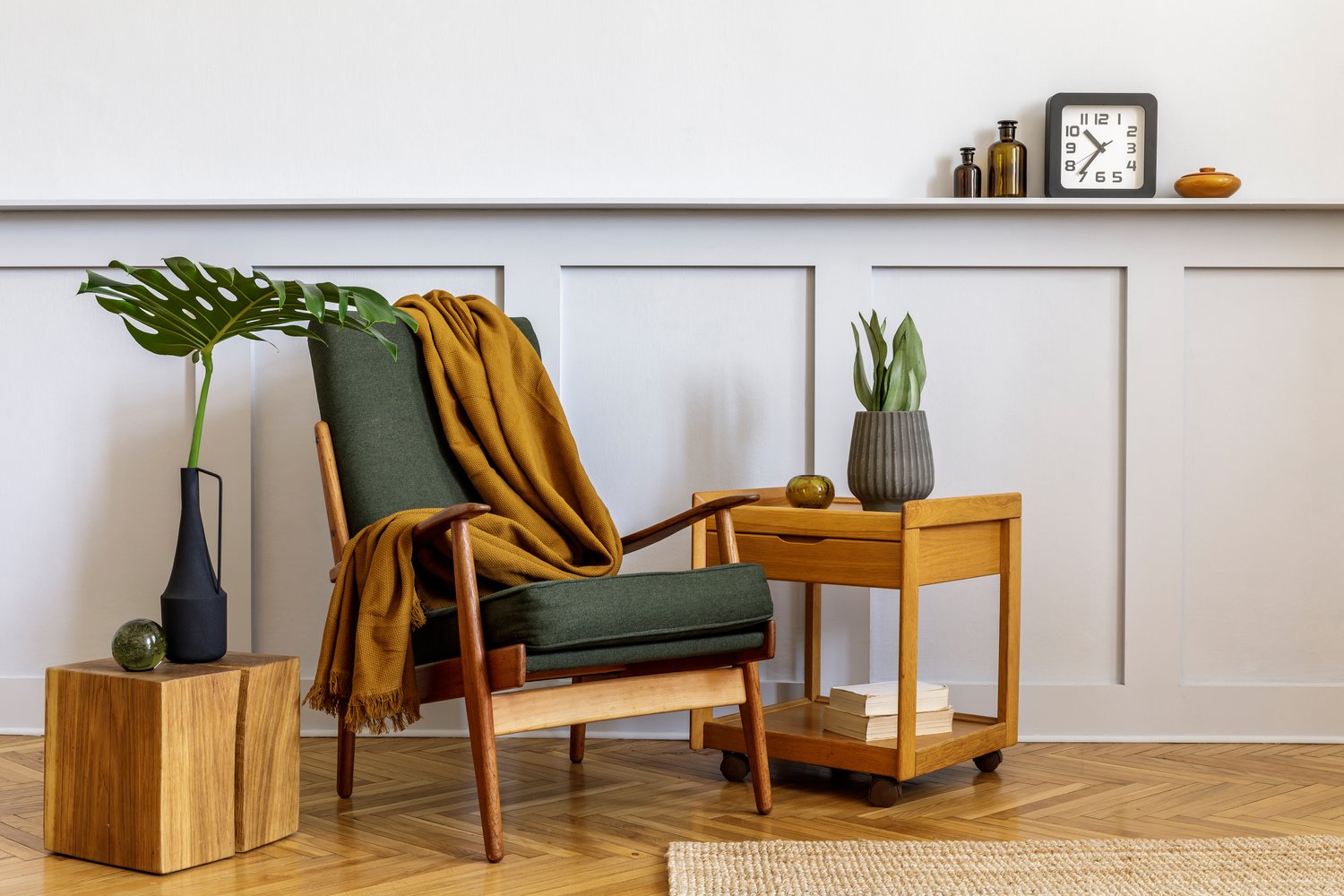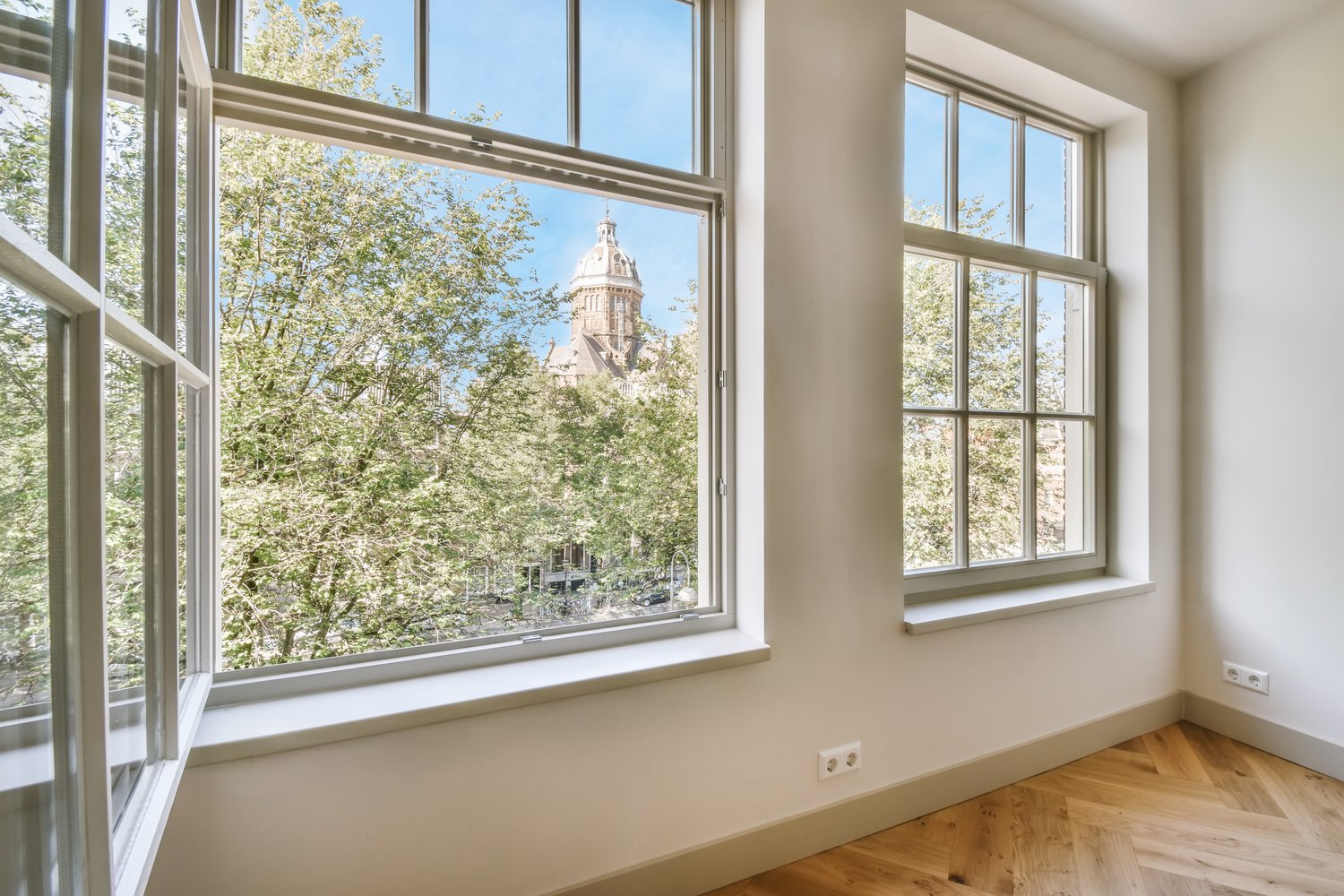Creating a garden that welcomes pollinators is not only beneficial for the environment but also enhances the beauty and productivity of your outdoor space. By incorporating specific flowers, plants, and gardening practices, you can create pollinator friendly habitat that supports bees, butterflies, and other beneficial insects. This article will guide you through the process of designing and maintaining a thriving pollinator garden, from selecting the right plants to implementing sustainable practices that ensure these essential creatures continue to visit your yard throughout the growing season.
Understanding the Importance of Pollinators
Pollinators play a crucial role in our ecosystem, facilitating the reproduction of over 80% of flowering plants worldwide, including many fruits and vegetables we consume daily. When you attract bees butterflies yard visitors, you’re supporting biodiversity far beyond your garden fence. These industrious creatures transfer pollen between flowers, enabling plants to produce seeds and fruits. In recent years, pollinator populations have declined significantly due to habitat loss, pesticide use, and climate change. By transforming your garden into a pollinator haven, you contribute meaningfully to conservation efforts while enjoying the delightful presence of these fascinating creatures.
Selecting the Right Plants for Your Pollinator Garden
The foundation of any successful pollinator garden plants ideas begins with selecting appropriate vegetation. Native plants should form the backbone of your garden as they have co-evolved with local pollinator species. These plants are adapted to your region’s climate and soil conditions while providing familiar food sources for native pollinators. Consider incorporating a variety of flower shapes, sizes, and colors to attract diverse pollinator species. Tubular flowers like foxglove and penstemon appeal to hummingbirds and long-tongued bees, while flat, open blooms such as coneflowers and zinnias provide easy landing platforms for butterflies and beetles.
Creating a Season-Long Bloom Sequence
To create pollinator friendly habitat that functions year-round, plan for continuous blooming throughout the growing season. Early spring flowers like crocus, hyacinth, and hellebore provide critical first food sources for emerging pollinators. Summer bloomers including bee balm, lavender, and sunflowers offer abundant nectar during peak pollinator activity. Late-season plants such as asters, goldenrod, and sedum extend the feeding season into fall, supporting migrating butterflies and helping bees stock up resources for winter. This thoughtful sequencing ensures pollinators find nourishment in your garden from early spring through late autumn.
Providing Water and Shelter
Pollinator gardens require more than just flowers; they need to address all habitat needs. Installing shallow water sources with landing spots helps bees and butterflies hydrate safely without drowning. A simple bird bath with partially submerged stones creates perfect drinking stations. Additionally, providing shelter is essential for pollinator survival. Leave areas of bare, undisturbed soil for ground-nesting bees. Consider installing bee hotels or leaving hollow plant stems standing through winter as nesting sites. Allow some areas of your yard to grow wilder with fallen leaves and natural debris that serve as overwintering habitat for many butterfly species. As recommended by gardening experts at AskHomey, these simple additions transform a basic flower garden into a complete ecosystem.
Avoiding Harmful Chemicals
The most beautiful pollinator garden plants ideas will fail if harmful chemicals are present. Conventional pesticides, even those marketed for home gardens, often harm beneficial insects alongside pests. Adopt organic gardening methods instead, using companion planting, physical barriers, and selective hand-removal of pests. If intervention becomes necessary, choose targeted biological controls rather than broad-spectrum products. Remember that some plant damage is natural and acceptable in an ecological garden. A few nibbled leaves indicate your garden is participating in the food web rather than standing apart from it.
Garden Design Considerations
When planning to attract bees butterflies yard visitors, consider both aesthetics and functionality. Plant in generous drifts or clumps rather than isolated specimens to create visible targets for pollinators. Group similar flowers together in areas at least three feet in diameter to make nectar collection more efficient. Consider vertical layering with ground covers, mid-height perennials, and taller shrubs to maximize habitat in limited space. Incorporate warm, sunny spots protected from strong winds where butterflies can bask and warm their wings. These thoughtful design elements enhance both the garden’s visual appeal and its ecological function.
Sharing Your Pollinator Garden Success
Once established, your pollinator friendly habitat becomes a neighborhood educational resource. Consider adding discreet signage identifying your space as a pollinator garden or certifying it through organizations like the National Wildlife Federation. Document the species that visit your garden and share observations with community science projects. Invite neighbors to observe the activity in your garden and offer plant divisions or seeds to help them start their own pollinator patches. This community approach amplifies your individual efforts, creating connected corridors of habitat across the landscape.
For more tips and to connect with reliable home service professionals, follow AskHomey on Facebook and Instagram.



